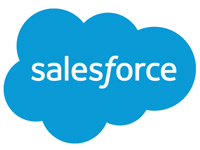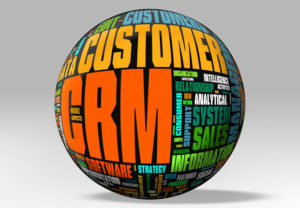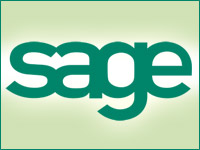
Salesforce announced the partial attainment of one of its long-range goals in its second-quarter earnings announcement last week: It eclipsed its goal of a US$10 billion run rate. This will be followed by similar announcements over the next year (first $10 billion year, etc.), and why not? The company should celebrate.
Second quarter revenue hit $2.56 billion, a 26 percent increase year over year. Despite all the fanfare, anyone watching the evolution of the company and the market should not be surprised. Take nothing away from the skillful engineering and deft management over a prolonged period, but this day should surprise no one in that it was inevitable that some company would reach this milestone.
It’s also not surprising that a long list of established software companies, such as Microsoft, Oracle, IBM or others, didn’t get there first. To understand the moment, we need to understand some of the economics behind it all.
Commoditization of IT
First and foremost, Salesforce embraced a disruptive innovation like no other company has done. Established businesses like Oracle and Microsoft initially gave Software as a Service no attention — and if they did, they denigrated it. The denigration was a great sign that the big guys were concerned, but as always it seems concern didn’t turn into action until very late in the game.
Siebel was upended by it. Oracle and Microsoft are still trying to establish their credentials. Established markets and business models prevented others from taking advantage of what SaaS could offer.
At the same time, direct competitors of Salesforce did something just as foolhardy: They underestimated what they had. As an analyst covering the emergence of SaaS, I could see that most other vendors saw SaaS, or “hosted computing,” as it briefly was called back then, as merely another delivery mode for software.
As far as they were concerned, they’d sell you the same product with various delivery options, such as a virtual private network, and call it a day.
What nobody saw, perhaps not even Salesforce, was that SaaS was — and is — a dramatic commoditization of IT. The SaaS era is the second half of what I refer to as “The Age of Information and Telecommunications” in a forthcoming book.
In every age, the first half is expansionary and inflationary, and the period from 1971 to 1999 was that for IT. Those were years of costly systems, overruns, and big commission checks. Sooner or later, markets revolt against runaway costs — especially because a new technology has become so integral to life as we know it.
That’s when an industry turns its attention to efficiencies and economies, and that’s precisely what Salesforce offered out of the chute.
General Purpose Software Development
When other customer relationship management products were complex and hard to customize, Salesforce positioned itself as easy (it had to be — the original product had just four tabs). Whereas others had expensive licenses, Salesforce charged by the seat-month. Although others needed expensive hardware and training, Salesforce bundled the hardware and promised an intuitive interface (again, thanks to having just four tabs).
It all worked. Many people, including me, have explained Salesforce’s success along the lines of “the innovator’s dilemma,” and there certainly was a grassroots, bottom-up factor operating, as there is with most disruptive innovations. Still, the fact that Salesforce has been able to grow to dominate the industry it entered late suggests more was at work.
Perhaps the biggest question now is where we go from here. Most of the time, a company in this situation consolidates its position and rides off into the sunset. For Salesforce, that would mean becoming the biggest name in CRM, which it has done, at least by measures like Magic Quadrants.
So far, it has resisted the temptation to go on autopilot, however. Every two years or so, it introduces new wrinkles that roil the markets and make everyone scramble to be the fastest follower.
Concentrating on its platform, machine learning and analytics, mobility, social networking, its partner ecosystem, and other topics has allowed Salesforce to give its solution set a breadth and reach that is more appropriate for a general purpose software development house. That’s clearly where the company is taking this.
There might still be 50 percent white space in the CRM market, but it’s very niche- oriented. So it makes sense to take a broader look at the market to ask where a 10-billion-dollar company can have an effect that will move its revenue needle enough for Wall Street to notice.
Small companies, especially, have a distance to travel in adopting CRM-like solutions, and their future adoption will depend largely on ease of use driven by the analytics and machine learning that Salesforce and others are building.
Another growth possibility is the Internet of Things, but I see yellow flags in the distance. IoT is in many ways another approach to commoditizing IT, but for nonhuman customers, and it is a market that will consolidate quickly around a few standards. More worrying, I think IoT will reach commodity status very quickly with few vendors able to make a living there.
For now, it’s all in the future. Salesforce has done an amazing job of navigating this far for so long with such good results. It’s one of the biggest software companies in the world right now, the fastest to grow to $10 billion. Good job! Now back to work.

























































